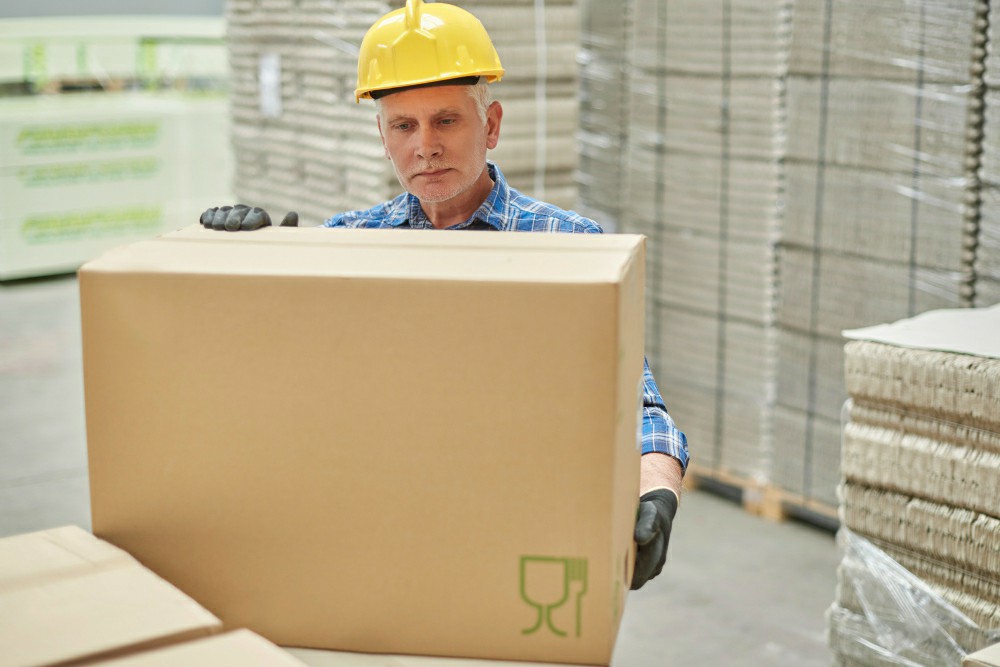


 349,500 Offered Certificates
349,500 Offered Certificates
 24/7 Online Training
24/7 Online Training
 Money Back Guarantee
Money Back Guarantee
 Fully Accredited Courses
Fully Accredited Courses

Created at: 02-02-2025 17:26
In today's fast-paced work environment, ensuring the safety of all employees is paramount, especially when it comes to manual handling tasks. A well-structured manual handling certification course is essential for both employers and employees to minimize risks and promote a safe workplace. This guide will walk you through the importance of manual handling training, key course contents, and how to obtain your certification in Ireland, focusing on affordability and accessibility for everyone.
Manual handling refers to any activity that involves lifting, carrying, pushing, pulling, or moving items by hand. It is a common requirement across various industries, including healthcare, construction, and logistics. Poor manual handling practices can lead to serious injuries, such as musculoskeletal disorders, which can affect worker productivity and overall job satisfaction.
Obtaining a manual handling certification is not just a regulatory requirement; it also demonstrates a commitment to workplace health and safety. Here are some reasons why pursuing a manual handling certification in Ireland is vital:
An effective manual handling certification course typically covers a range of essential topics, including:
This section introduces participants to the fundamentals of manual handling, focusing on the manual handling regulations, definitions, and guidelines for safe practices.
Risk assessment is a critical component of manual handling training. Participants learn how to assess potential hazards in the workplace and implement practical solutions to mitigate those risks.
Courses include demonstrations and hands-on training on how to lift various items safely and efficiently. Techniques such as the correct stance, using the legs rather than the back for lifting, and the importance of teamwork during heavy lifts are emphasized.
Recognizing the need for flexibility in training, many providers now offer online manual handling certification courses. Benefits of opting for an manual handling certification online include:
After successfully completing your training, the next step is obtaining your certification. The process generally involves:
The skills learned in a certified manual handling course are invaluable across various sectors. Employers can foster a culture of safety by implementing the following measures:
Investing in manual handling certification training is a proactive step towards fostering a safer workplace. Whether you choose in-person or manual handling cert online, the knowledge gained will be instrumental in minimizing risks associated with manual handling tasks.
Ready to enhance your workplace safety? Explore our range of affordable manual handling certification courses available throughout Ireland. Visit Ireland Safety Training to find the course that suits your needs, or contact us at [email protected] for more information.